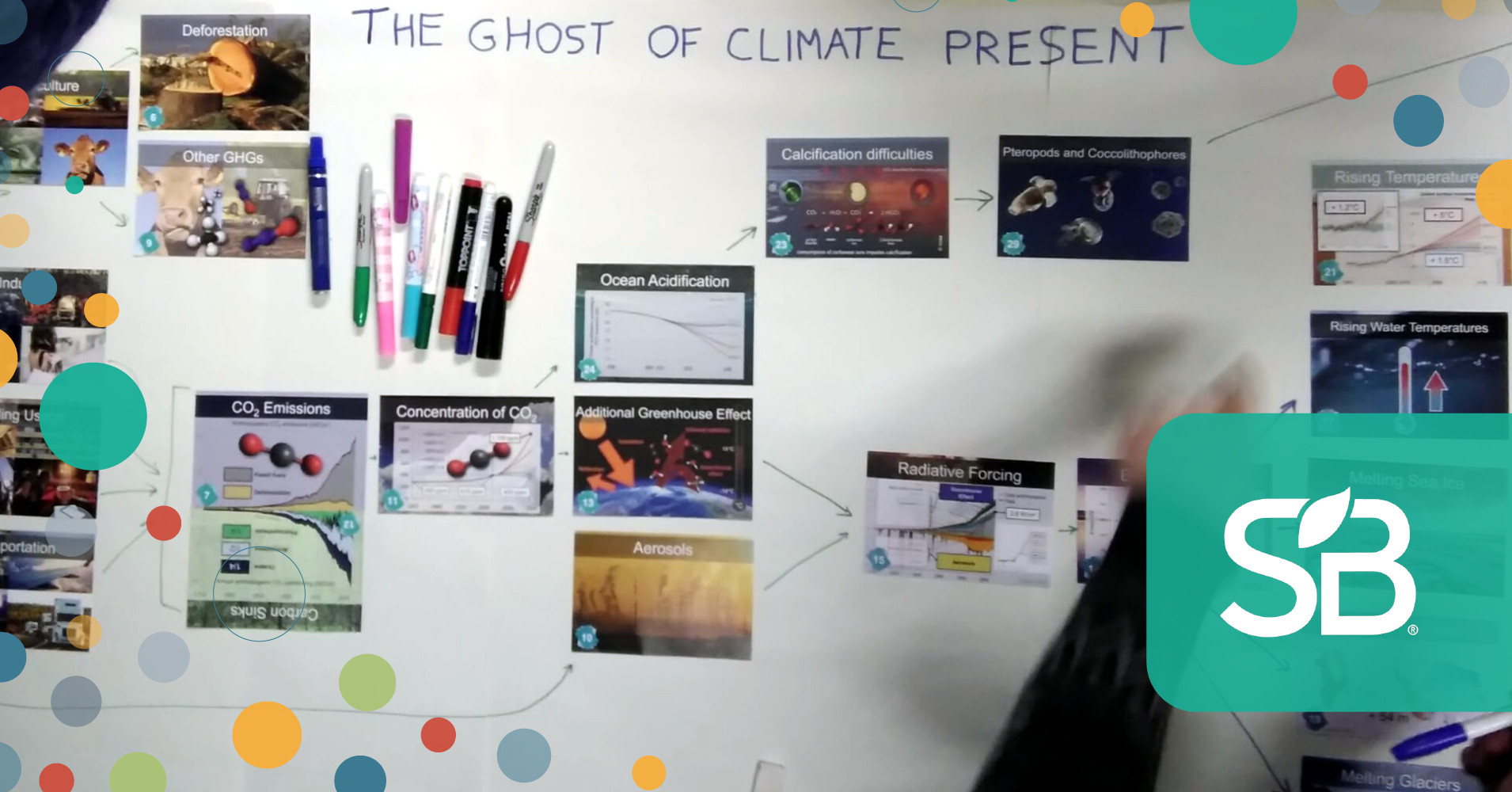This previous three sections of this four-part series focused on the dilemma of
inadequate education in the
US
on the subject of climate change — a phenomenon that is already affecting the
majority of the population around the globe — from primary school through to the
post-graduate level.
In this fourth and final part of the series, we meet some of the organizations
and people developing solutions to the problem.
Educating the educators
Organizations such as the National Science Teaching
Association are working to enable teachers to
confidently teach climate-related subjects by offering climate science courses
for
educators.
And initiatives including MIT’s SCALES resource,
TILclimate podcast educator guides, and CATE climate
curriculum; the University of Washington’s Climate Teacher Ed
Collaborative
and Climate Justice League;
and the NOAA’s Climate Education
Program
are also working to arm teachers with the resources and knowledge they need to
then teach students on the topic.
Other companies, such as Impact 3P — which provides
sustainability consulting and other services for the corporate and education
sectors — are also actively working to fill the gaps. Founder and CEO Konstantin
Popovic told
Sustainable Brands® (SB) that its most popular employee-engagement
workshop, Climate Fresk — a gamified
experience that bridges climate science and climate action — counts almost 2M
participants worldwide and has been deployed by multinational companies across
all sectors.
“Climate science can be complex and boring when presented in traditional
teaching formats, which is what gave birth to Climate Fresk,” he said. “We call
it collective intelligence — the participants work as a group to uncover causes
and consequences of climate change through play before discussing individual and
systemic solutions.
“Compared to classroom-style teaching, the experience also follows an emotional
curve: Participants can feel somewhat overwhelmed by the scale of the problem,
but then we get them back into optimism and positivity through action planning.
It’s a compact, three-hour block — and in that sense, an efficient way to
heighten awareness, teach the science and get people to become part of the
solution.”
Impact 3P also offers a Junior Fresk — a simplified, 2-hour version for
children ages 10-14.
Schooling schools
Not only are US
schools
and
universities
lagging in climate education, they are also major contributors to the
problem. Between, lighting, cooling and heating needs, school facilities use
extensive amounts of energy — the US Department of Energy estimates schools
contribute as much carbon as 18 coal plants or 18 million
homes
— not to mention the impacts related to school buses and food
waste.
As Harvard lecturer Laura Schifter
pointed out in the Harvard
EdCast
in 2022: “The education sector actually contributes a lot to climate change. But
one of the things that is also most powerful about the education sector — with
nearly one in every six Americans in it — is that if you advance climate
solutions within the sector, you’re providing opportunities for children and
youth who are enrolled to learn about climate solutions firsthand.”
Fortunately, there are private organizations taking the lead on this front, as
well.
“Students do care about climate change. They prioritize sustainable choices in
many other aspects of their lives, from clothing to eating to technology,”
Sebastián Fernandes, founder
and CEO of Fixterra — a sustainability
consultancy focused exclusively on the education sector — told SB. “We
specialize in helping the education sector to lead by example on what they do —
not so much on what they teach. This means helping the education sector
decarbonize their own operations and helping schools be more sustainable. We do
this by providing consulting services to schools and universities, which
includes taking action on climate change in everything they do.”
Fernandes added how his company also helps students make more conscious
decisions to help manage their own environmental impacts.
“Education is one of the sectors where the demand is most disconnected from the
decision makers,” he said. “Brands like
Apple
are now investing a lot in sustainability. Students are seeing that trend, but
they are not seeing that trend fast enough in the education sector.
“One of the most important things is having everybody on board — from top
leadership to all the staff; and of course, all the students — which means
climate change should be in all curriculums.”
Fernandes is also the founder of Study Net Zero, a
website that helps students and universities tackle the environmental issues
facing civilization. According to the website, Study Net Zero empowers students
to “explore the 1% of educational institutions worldwide truly committed to the
climate emergency.”
Time to cram
Fortunately, these organizations offer hope that the US education system can
cram to catch up to meeting the needs of students — and schools themselves —
needing to learn how to adapt and thrive in a climate-changing world. Because,
unlike teachers, Mother
Nature
isn’t likely to allow retakes.


